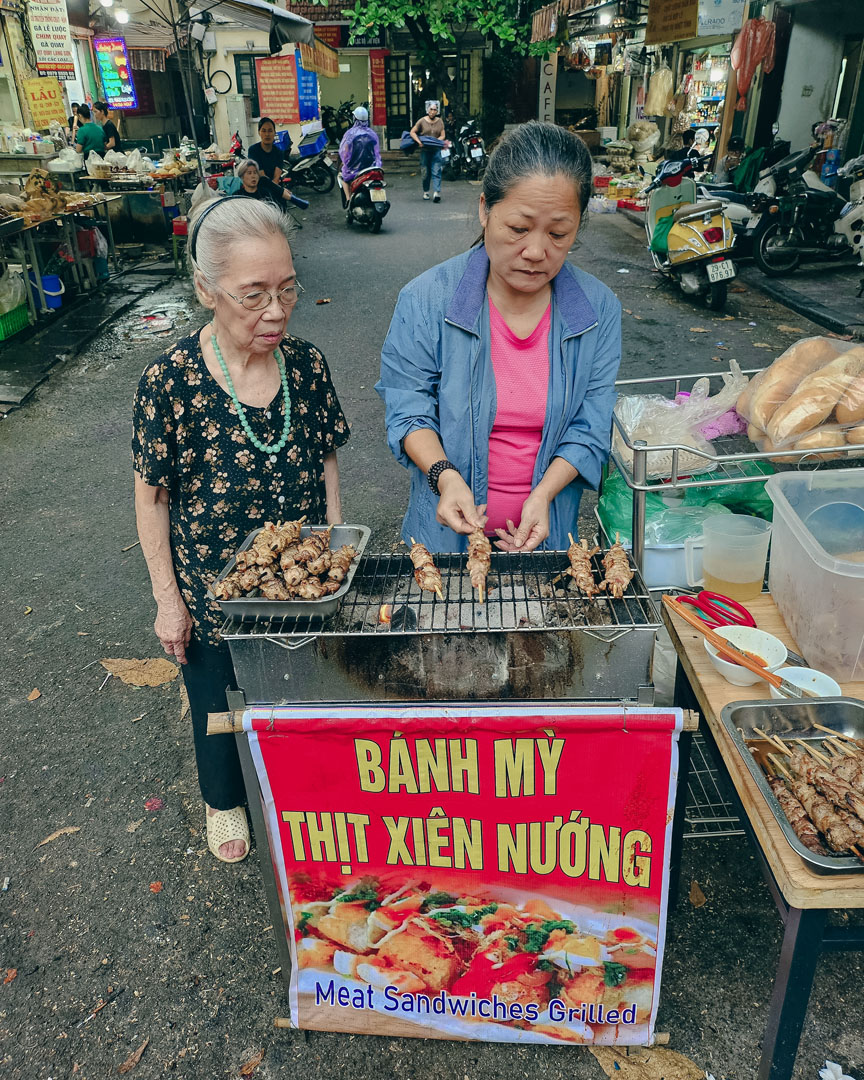Five ways to learn about history in Vietnam
From elaborate effigies for Nguyen emperors and UNESCO-protected architecture, to museums that document the aftermath of 20th-century conflicts, here are five of the best ways to learn about history in Vietnam.
History in Vietnam
1. Hoi An: Old Town

As one of the most beautiful places in the country, the UNESCO World Heritage town of Hoi An is a firm favourite amongst our team. Visitors travel to the town for top tailors, riverside views, the famous lantern festival, and the network of well-preserved streets. Some of Hoi An’s buildings date back to the Champa Empire (2 AD), but the hotpotch of architectural styles, bringing influences from Japan, China and Europe are a result of the Nguyen lords’ decision to develop the port in the 15th century.
Visit one of the town’s famous tailors, take a cookery course, cast a lantern down the river and learn how this well-preserved architecture tells the story of Hoi An’s history (while taking some very striking holiday snaps).
2. Ho Chi Minh City: Cu Chi Tunnels

While there’s no shortage of museums to learn about the Vietnam War, the immersive nature of the Cu Chi Tunnels lifts this chequered history off the page. This vast tunnel network was built for Viet Cong resistance fighters to store munitions supplies and take shelter from US troops in the 1960s. The original tunnels stretch for miles, but the Ben Dinh and Ben Duoc sections are open to the public. While they have been enlarged, crawling into the narrow tunnels gives a real sense of the conditions the fighters endured.
Visiting the Cu Chi Tunnels in Vietnam
3. Hanoi: Military history tour

With most of the Vietnam War fighting taking place in the south, Hanoi has fewer historic sites about the conflict than Ho Chi Minh City, but with a guided tour around the capital, you'll learn how significant conflicts before the 1960s also shaped the country.
There’s the Hoa Lo Prison where political prisoners were kept during the French colonial period and the Vietnam War (including Senator John McCain); the B-52 Victory and Military History museums; the Hanoi Flag Tower; and the Long Bien Bridge.
4. Ho Chi Minh City: War Remnants Museum and Reunification Palace

The Vietnam War remains one of the most controversial conflicts in history. While the sentiment at the War Remnants Museum may seem a little one-sided, it remains a worthwhile visit. Displays, photographs and first-hand accounts, as well as fighter planes, tanks, artillery and “Tiger Cage” mock-ups, tell the story of both the First and Second Indochina War, as well as the Vietnam War.
5. Hue: Imperial tombs

A day looking at tombs may seem like an unconventional holiday excursion, but Hue’s imperial tombs are more akin to an impressive Nguyen-influenced National Trust site than a graveyard. Each, dotted throughout the countryside and have intricate architecture, stone animals, lily ponds and temples in beautiful natural settings.
So picturesque that at least one of the emperors opted to live in his tomb complex while alive…
See all of our cultural experiences here, or get in touch with us for more information about booking a trip to Vietnam.



